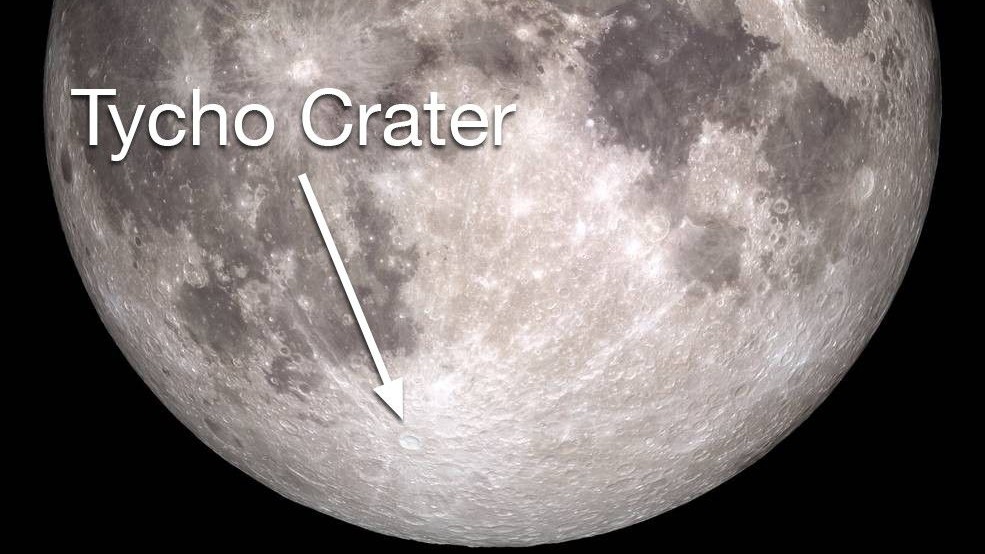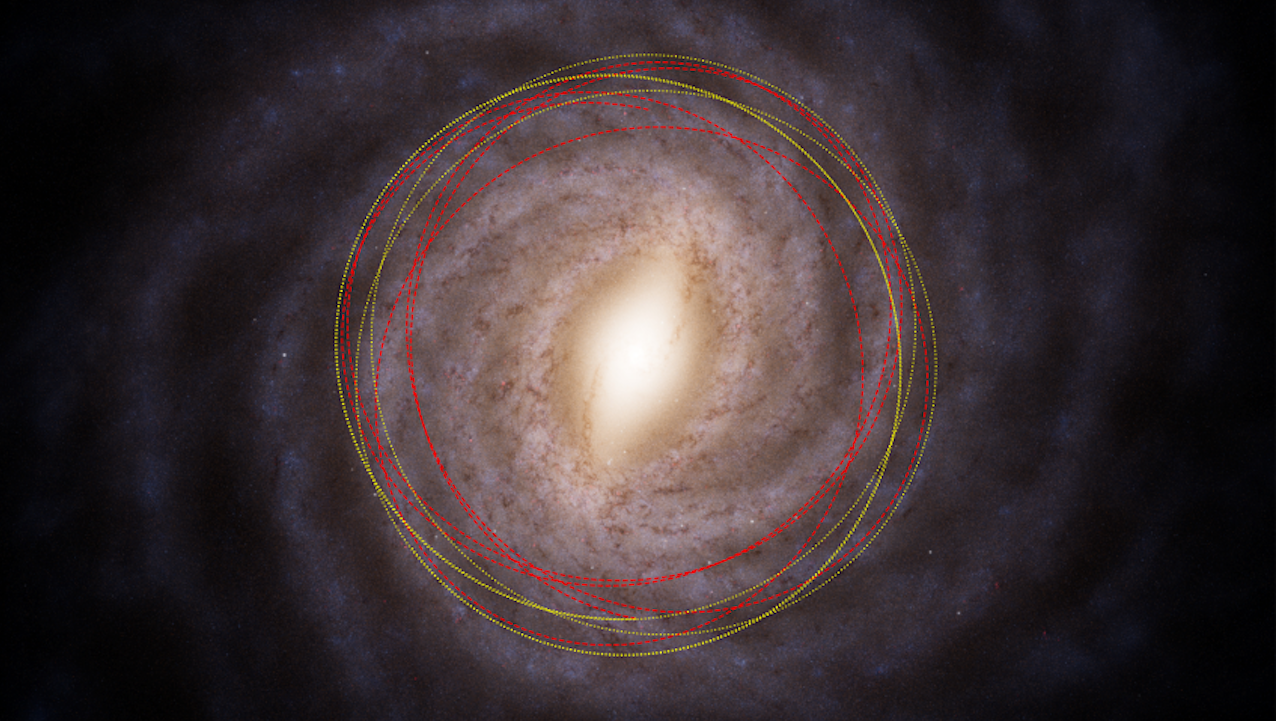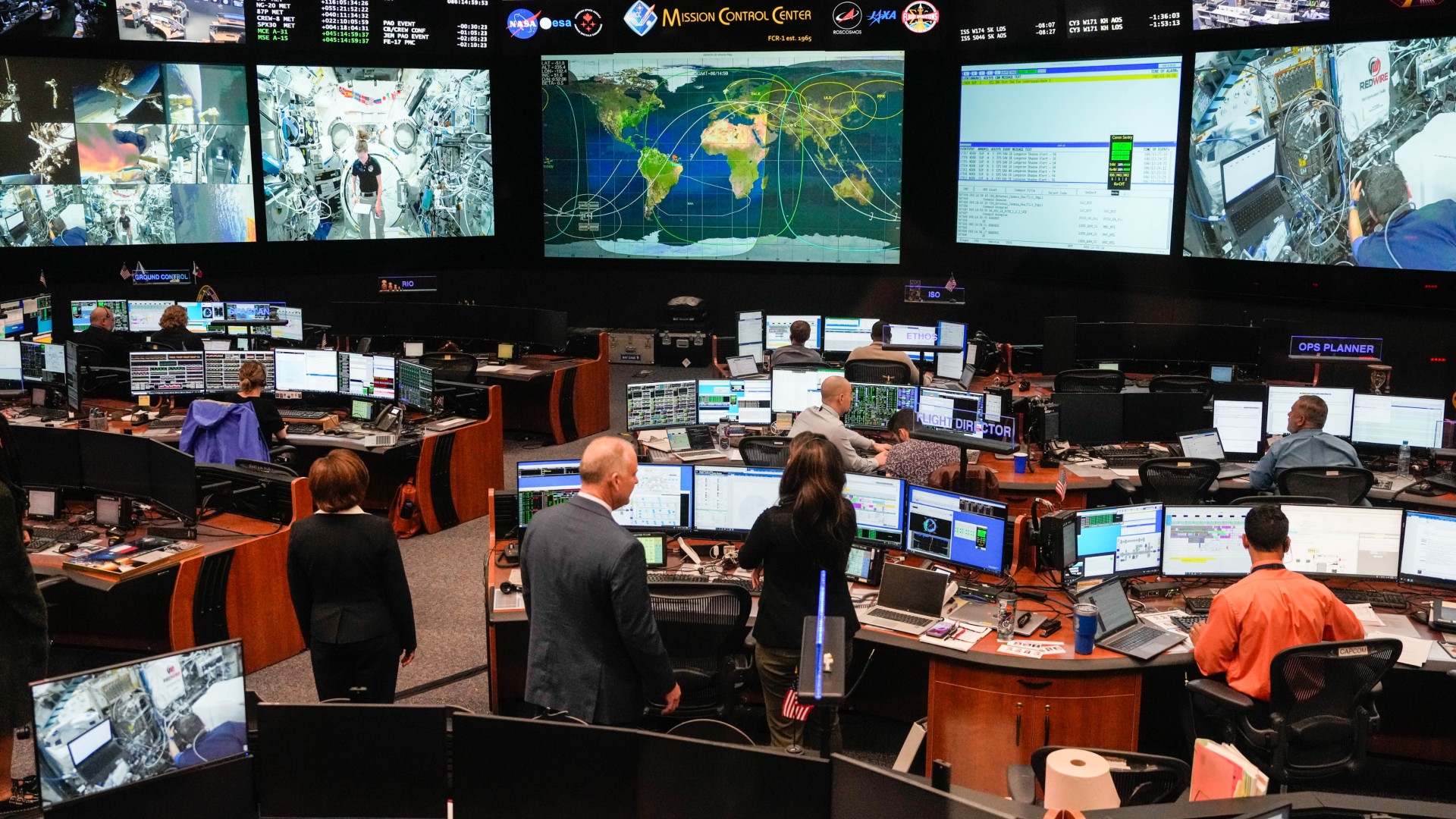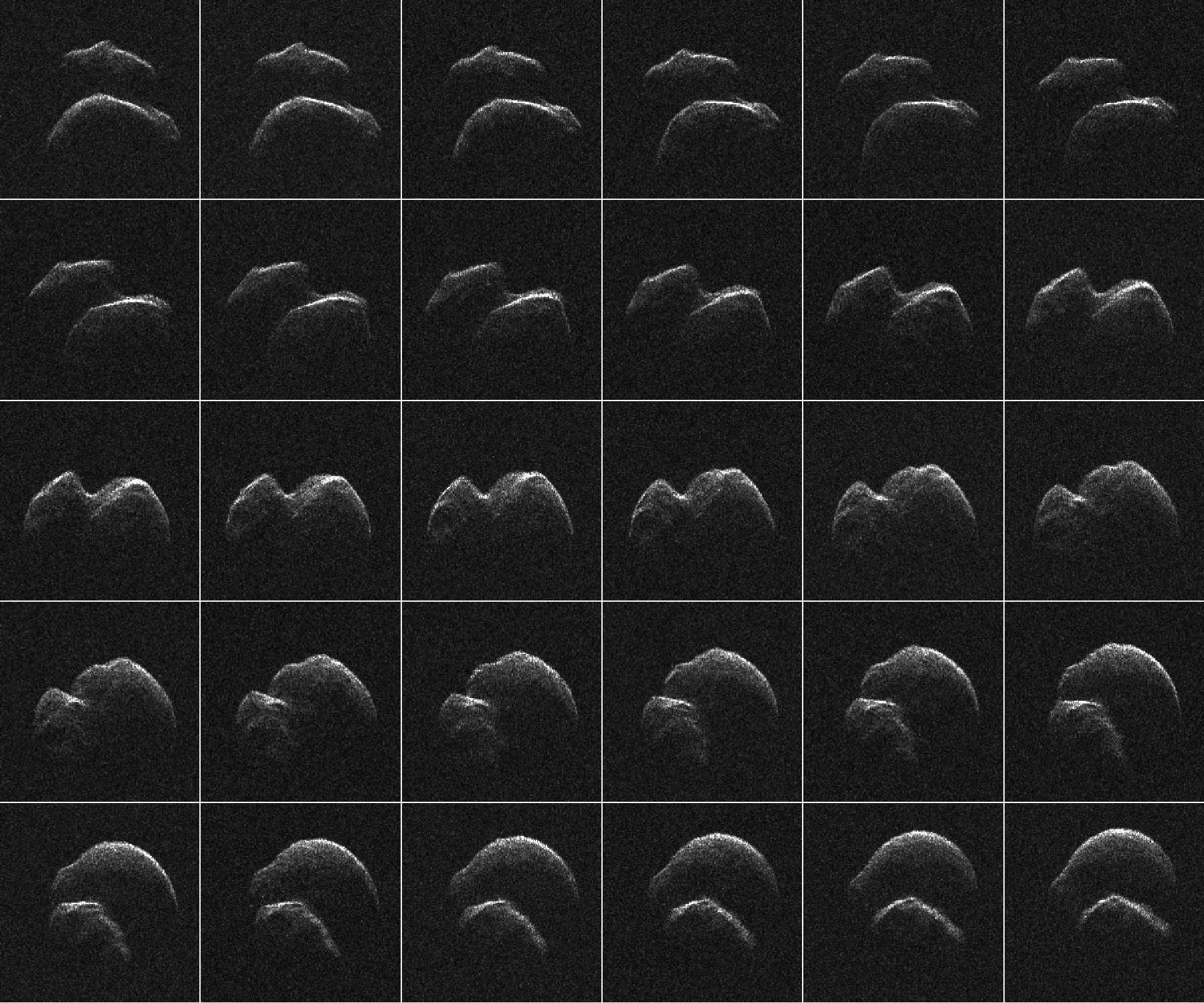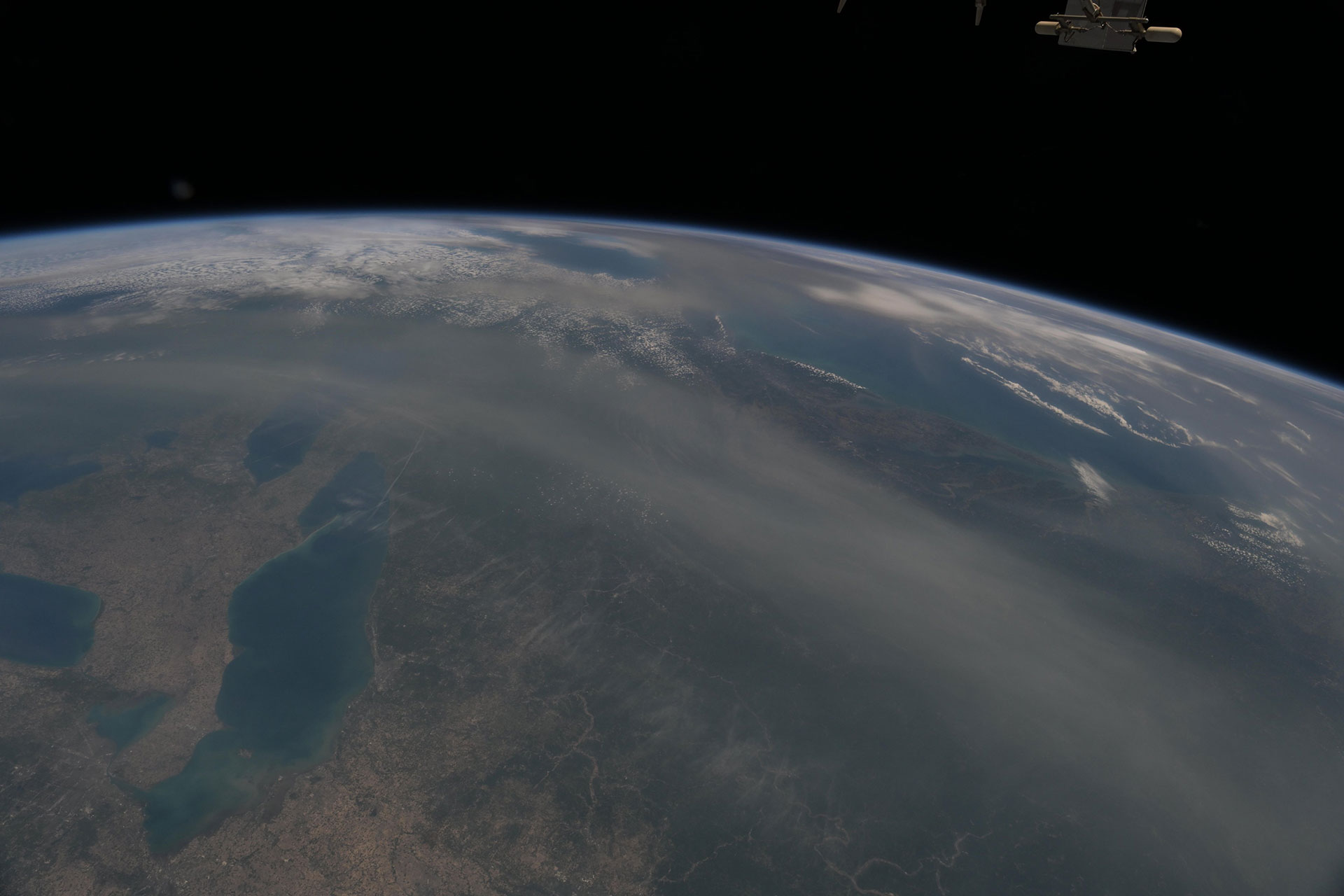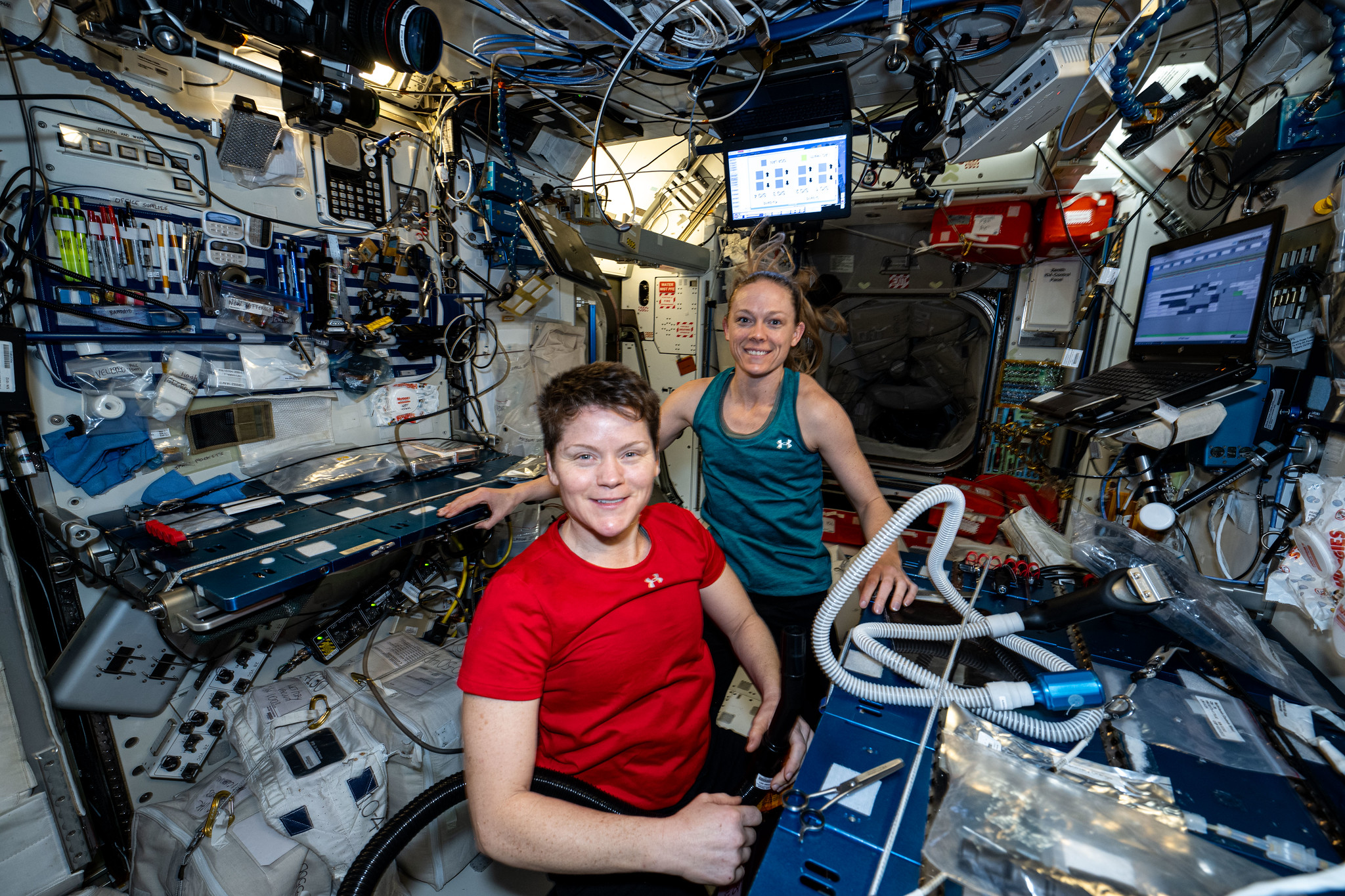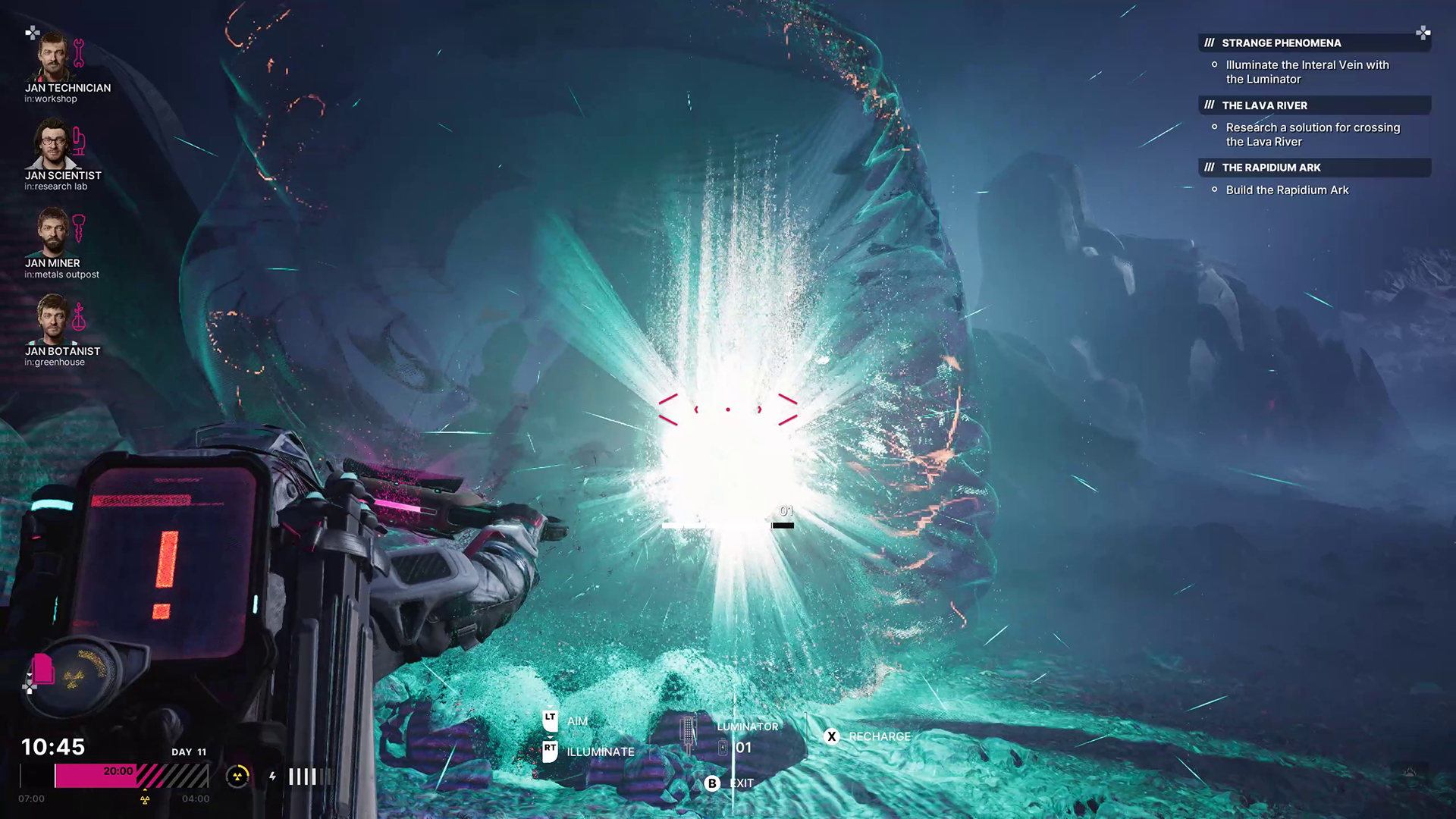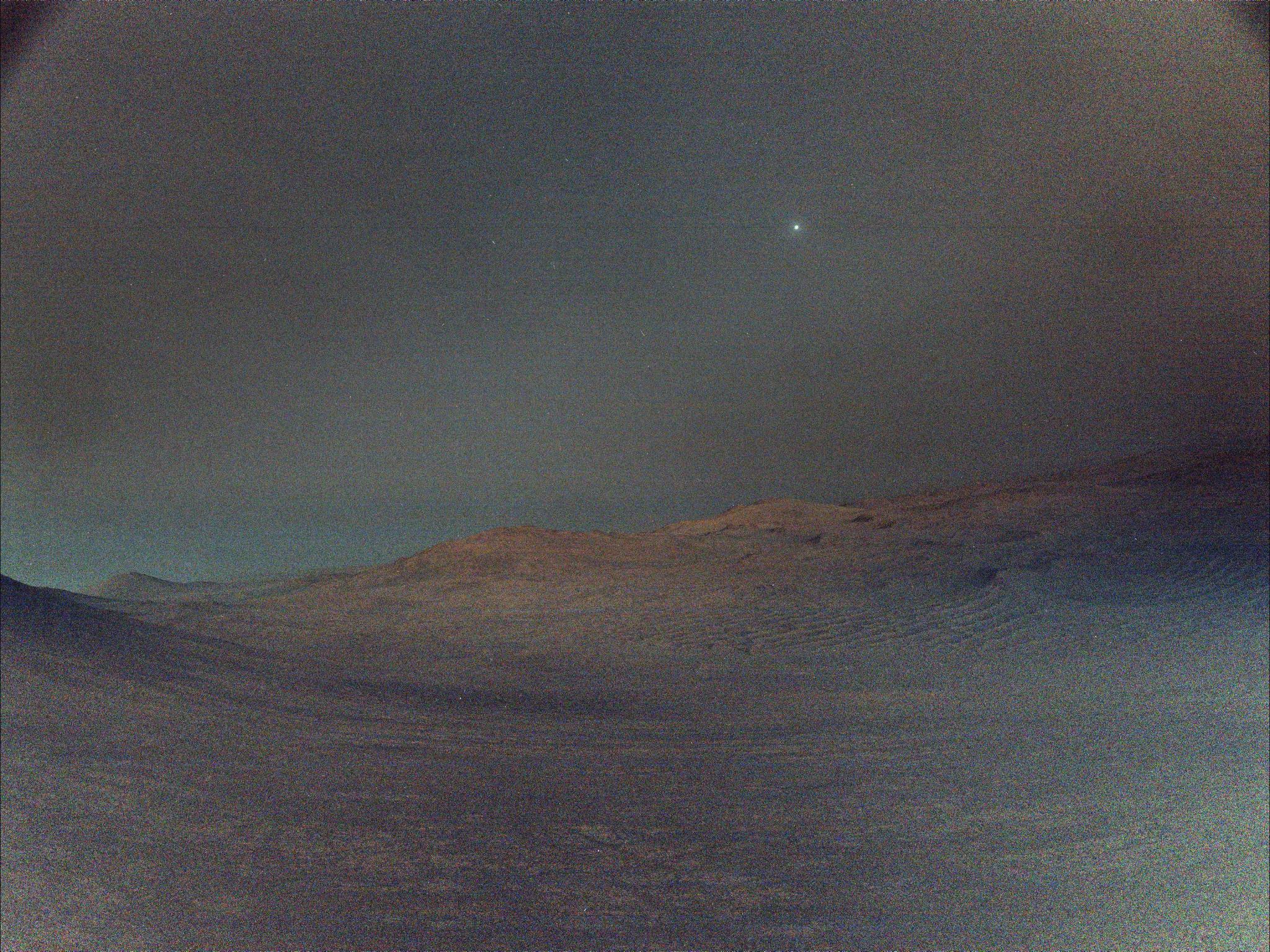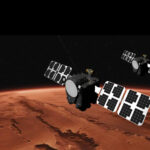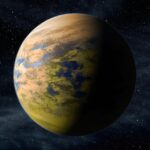Earth’s moon reaches its last quarter phase later this week! Read on to discover when and where to catch the fleeting lunar milestone, and what else to find in the
Hot Posts258- Page
Top view of the Milky Way galaxy showing the estimated orbits of both our Sun and the 3I/ATLAS comet. 3I/ATLAS is shown in red dashed lines, and the Sun is
Texas is positioning itself at the forefront of human spaceflight research with a $1 billion proposal to upgrade NASA’s Johnson Space Center, preparing the facility to support long-duration missions to
SpaceX launched the SXM-10 satellite for SiriusXM early Saturday morning (June 7), adding another spacecraft to the company’s broadcasting constellation. A Falcon 9 rocket carrying SXM-10 lifted off from Florida’s
Rising out of the remote Mojave Desert, NASA’s Goldstone Solar System Radar is a solitary satellite dish that communicates with spacecraft. In its downtime, the facility’s antennas can track objects
Preparations for the arrival of a visiting crew, the continued study of how humans adapt to the microgravity environment of space, the service of systems on board a docked cargo
NASA astronauts (left to right) Anne McClain and Nichole Ayers pose for a portrait together aboard the International Space Station. Moments earlier, Ayers finished trimming McClain’s hair using an electric
Much like the intricate tapestry of reality weaves through the cosmos, the history of UFO sightings and investigations has been a complex interplay of truth, deception, and intrigue. In the
‘The Alters’ is a genre-blending sci-fi survival ordeal about the horrors of being a project manager
We wouldn’t bat an eye if you compared Jan Dolski, the protagonist of The Alters, to Robert Pattinson’s Mickey Barnes after playing two hours of 11 bit studios’ latest. It’s
NASA/JPL-Caltech NASA’s Perseverance rover captured this view of Deimos, the smaller of Mars’ two moons, shining in the sky at 4:27 a.m. local time on March 1, 2025, the 1,433rd
-
 012024 in Review: Highlights from NASA in Silicon Valley
012024 in Review: Highlights from NASA in Silicon Valley -
 02Panasonic Leica Summilux DG 15mm f/1.7 ASPH review
02Panasonic Leica Summilux DG 15mm f/1.7 ASPH review -
 03How New NASA, India Earth Satellite NISAR Will See Earth
03How New NASA, India Earth Satellite NISAR Will See Earth -
 04And Thus Begins A New Year For Life On Earth
04And Thus Begins A New Year For Life On Earth -
 05Astronomy Activation Ambassadors: A New Era
05Astronomy Activation Ambassadors: A New Era -
06SpaceX launch surge helps set new global launch record in 2024
-
 07Space Force plans new ‘Futures Command’ amid pressure to speed up modernization
07Space Force plans new ‘Futures Command’ amid pressure to speed up modernization


